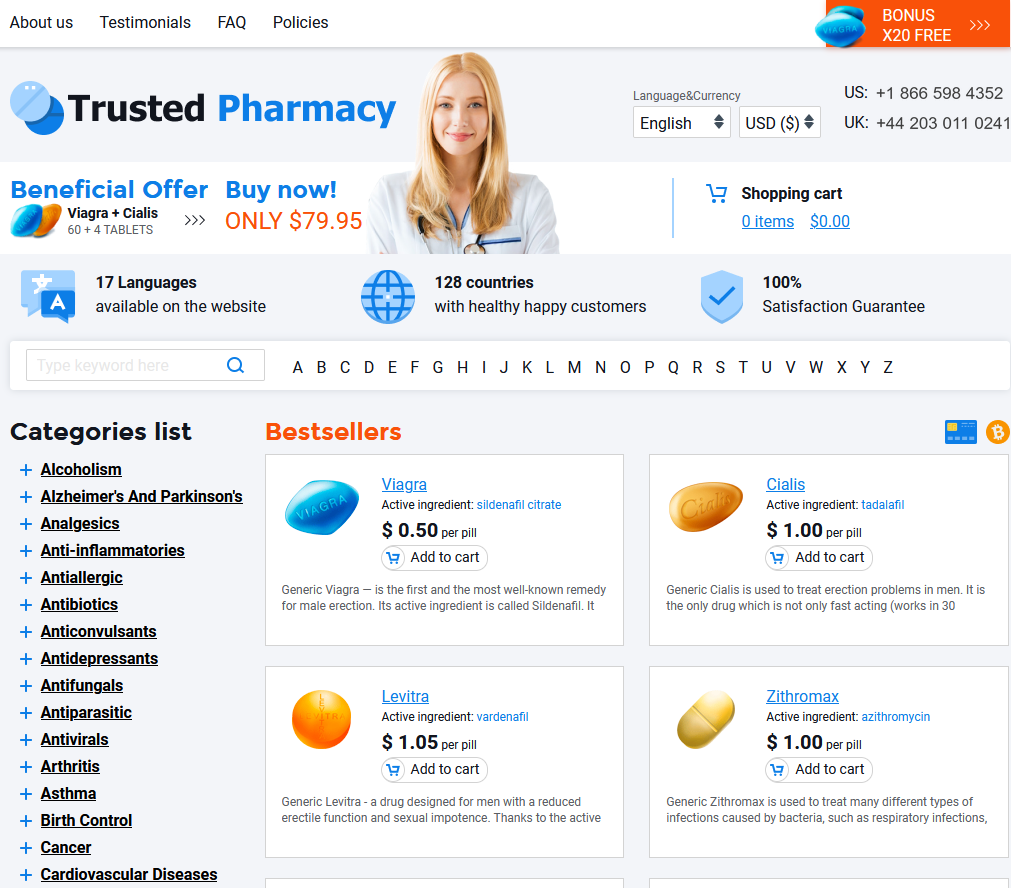Augmentin Versus Amoxicillin: Key Differences Explained
Mechanisms of Action: How Each Antibiotic Fights Infection
Imagine the antibiotic battlefield: amoxicillin rushes in solo, crippling bacteria by sabotaging their cell-wall construction site. Its straightforward assault is effective against many common invaders, but some crafty pathogens have learned to protect their walls with beta-lactamase shields.
Augmentin counters that trick by pairing amoxicillin with clavulanic-acid, a decoy that lures and neutralizes beta-lactamase enzymes. Freed from chemical sabotage, the original drug resumes wall-wrecking duties, broadening coverage and cutting the odds of therapeutic failure in resistant infections for patients worldwide.
| Amoxicillin | Augmentin | |
|---|---|---|
| Core Action | Inhibits cell-wall synthesis | Same as amoxicillin |
| Extra Component | None | Clavulanate blocks β-lactamase |
| Effective Against | β-lactamase-negative bacteria | β-lactamase-positive bacteria |
Spectrum of Bacterial Coverage Differences You Should Know

Imagine two locksmiths tackling a city of bacterial doors: amoxicillin carries a single master key, unlocking most Streptococcus and simple Gram-negative locks with ease alone.
Yet crafty organisms often install beta-lactamase alarms; enzymes snap the key. Enter augmentin, whose clavulanate partner disarms alarms, restoring entry to resistant Haemophilus, Moraxella, and anaerobes too.
This broader reach proves critical in sinusitis, bite wounds, and polymicrobial dental infections where mixed flora lurk behind biofilms, some producing fortifications amoxicillin simply cannot breach.
Still, coverage is not limitless; augmentin falters against Pseudomonas, MRSA, and most hospital Gram-negatives. Cultures remain the compass, ensuring the chosen agent truly matches the microbial map.
Resistance Issues: When Amoxicillin Alone Might Fail
Picture a child with a stubborn ear infection: after three days on amoxicillin, the fever still smolders. The likely culprit is a beta-lactamase–producing strain of Haemophilus or Moraxella, bacteria that neutralize plain amoxicillin before it reaches its targets. Similar escape tricks occur with Staphylococcus aureus on the skin and some E. coli in the urinary tract, leaving clinicians searching for a broader, enzyme-proof option today.
By pairing amoxicillin with clavulanic acid, augmentin disables those destructive enzymes and restores killing power, so infections that laughed at single-drug therapy often resolve quickly. Randomized trials show clearance rates jump from roughly 70% to over 90% when the combination is used against resistant respiratory pathogens. Clinicians still reserve it judiciously, however, because unnecessary broad coverage encourages resistance and exposes patients to gastrointestinal side effects.
Side Effects Showdown: Comparing Safety and Tolerability Profiles

Patients often tolerate amoxicillin like a friendly neighbor who rarely overstays his welcome; nausea, mild diarrhea, or a faint rash are the usual signals that he’s been visiting. Because the drug is narrow-spectrum, it spares much of the gut flora, so yeast infections and severe gastrointestinal disruption are uncommon.
Introduce augmentin however, and the plot thickens. The addition of clavulanate not only broadens bacterial coverage but also inflames the gut: diarrhea, abdominal cramping, and gas surge in up to one-third of users. Hepatotoxicity, though rare, appears more frequently, and allergic reactions may be amplified. Food intake and probiotics can temper these annoyances for certain patients.
Dosing, Duration, and Formulation Variations to Consider
Prescribers start by matching dose to bug load. Plain amoxicillin is usually given at 500 mg every eight hours, yet severe sinusitis or bite wounds push clinicians toward augmentin, whose clavulanate protects against beta-lactamase and justifies a higher 875/125 mg twice-daily schedule.
Course length matters too. Uncomplicated otitis can clear with five days of amoxicillin, but osteomyelitis may demand six weeks and a switch to extended-release augmentin to limit pill burden. Shorter high-dose regimens improve adherence while keeping resistance pressures low.
The cheat-sheet below highlights common adult strategies.
| Regimen | Typical Dose | Common Duration |
|---|---|---|
| Amoxicillin | 500 mg q8h | 5–10 days |
| Augmentin | 875/125 mg q12h | 7–14 days |
Cost, Accessibility, and Practical Tips for Patients
Sticker shock often begins at the pharmacy counter: while amoxicillin is widely available as a low-priced generic, Augmentin carries a premium because of its combined formulation and patent history. Insurance usually tiers amoxicillin as the cheapest option, whereas Augmentin may fall into a higher co-pay bracket. Patients paying cash can expect a several-fold difference, so price-comparison apps and pharmacy discount cards become allies.
Accessibility however reaches beyond cost. Both drugs appear on the WHO Essential Medicines List, meaning pharmacies stock them, but supply interruptions can still occur; asking for the generic name “amoxicillin-clavulanate” widens search options. To maximize value, request tablets instead of chewables when feasible, split doses under pharmacist guidance, and pick up prescriptions to avoid restocking fees. Finish every course, even if symptoms fade. CDC PubMed

